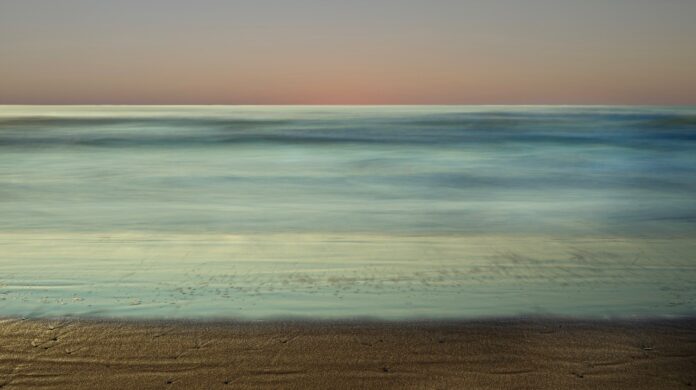>>We need you! Become a 48hills member today so we can continue our incredible local news + culture coverage. Just $20 a month helps sustain us. Join us here.
You’ve probably seen an iconic photograph or two by Tom Zimberoff, whether you knew it or not. His long career as an acclaimed photojournalist and artist has seen his work join museum collections, including the Los Angeles County Museum of Art, the San Francisco Museum of Performance + Design, and the National Portrait Gallery in London.
His photographic portraits run the gamut from Hollywood stars and rock ‘n’ roll musicians—he once photographed tour dates of The Rolling Stones, The Jackson-5, and Stevie Wonder, to name a few—to dictators and presidents, tech industry moguls, and other prominent movers and shakers. Many of his shots have appeared on the covers of Fortune, People, and Time magazines, standouts in a career that spans decades. A recent addition to his oeuvre includes seascapes and views of the city in an inspired departure from what made him most well-known.
Zimberoff spent his formative years commuting back and forth between Los Angeles and Las Vegas. Born in LA, Zimberoff’s family moved to Las Vegas when he was three, but along with several much older siblings, he often got shuttled back to LA due to his parents’ unconventional work lives. At 16 years old, in the late 1960s, Zimberoff’s musician father moved them back to LA for good, landing them in Beverly Hills, a geographic shift that required a large adjustment in Zimberoff’s teenaged brain.
His education is broad, encompassing studies in music—he was once intent on a career with his clarinet—and the arts, at prestigious programs like the Chouinard Art Institute (subsequently absorbed into CalArts), USC School of Performing Arts, and StartX Tech Startup Accelerator at Stanford University. His medium of choice became photography, where he has built an impressive career.

“At first, I got caught up in the gizmo-ness of cameras. Then I learned to enjoy looking at photographs—not so much for subject matter as for their constructions of light and shadow as graphic patterns. Less often, but no less consequential, using color too if the composition required it,” Zimberoff told 48hills.
In 1987, Zimberoff moved from Los Angeles to Sausalito, then to San Francisco in 2007. He currently resides in the Outer Sunset. What he loves about our city and its art community is its easy access to seeing art, cultivating friendships with other artists, and swapping pieces—though he also thinks it’s a challenge to find gallery representation here. Zimberoff adds that the Bay Area used to be a work of art, but not so much anymore, in his estimation. As an artist who feels impelled to create, Zimberoff is inspired by beauty, but says he can’t define precisely what defines it.
He says he enjoys looking at photographs more than making them. But he appreciates the ability of the camera to introduce him to people he would have had no other logical reason to encounter. He defines his approach to portraits as creating a still-life of a human being.
“Early on, I incorporated the illustration of personal character in portraiture, with an understanding that character is multi-faceted and a portrait captures only one aspect in one snippet of time in a person’s life,” he said.
“I am still inspired to create works I can look at and feel are adequate when comparing them to other photographers whose work I admire. It makes us all members of the same club,” he continued. “But when I feel like I have accomplished that, I’ll often move on to something else in my stylistically discursive way. Been there, done that, got the T-shirt,” he said.
He is also tickled by the vernacular associated with taking photographs.
“We don’t load cameras much anymore, but we still aim them and shoot pictures. I still get a bang out of describing my pursuit of photographs as hunting for big game: portraits of the famous and the just plain fascinating. I get close for a good clean shot—for rapport, not just proximity, and bag my quarry with a four-by-five instead of a thirty-aught-six. But I still hang their heads on a wall to admire like trophies,” Zimberoff said.
In the past, Zimberoff kept a studio in Los Angeles, but now works mostly on location and in an ad hoc photo studio in his garage. He says he knows when a piece is done when it’s no longer fun for him, or for his subject in the instance of portraiture.
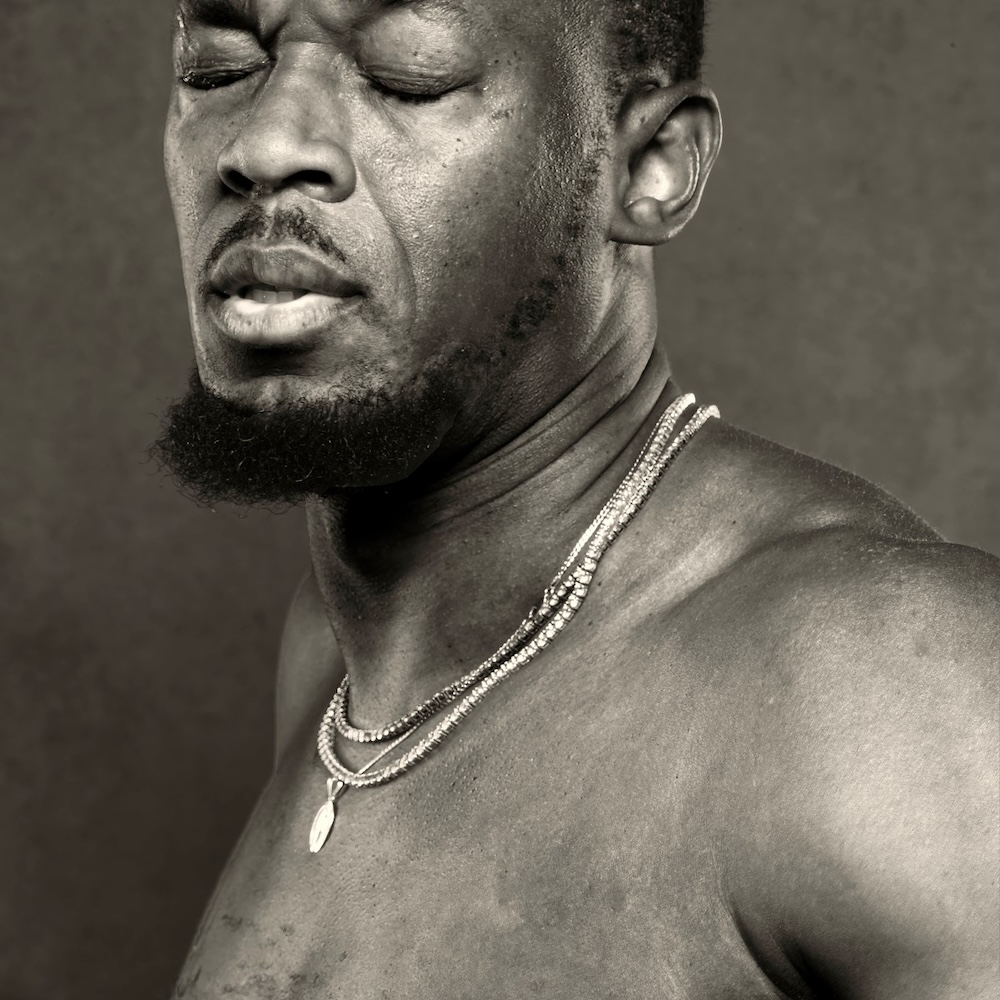
“It takes 1/125th of a second to make a photograph. Well, sort of. Exposures may last several minutes for my most recent seascapes. Time spent with portrait subjects may extend to several hours or several days,” he said.
“Even though I’m using my ‘no-hassle-blad’—a high-res digital back on my antediluvian Hasselblad camera bodies—I shoot old school: no editing-as-I-go with a camera-tethered iPad or MacBook. I simply shoot and see what I’ve got when I get home,” he said.
While focused primarily on portraiture, Zimberoff favors black-and-white images, with a few exceptions. Only occasionally has he pointed his lens at something other than people over the bulk of his career, but these days, depictions of the natural world have taken up a special residence in his repertoire. Within this expansion, he quotes Aristotle in acknowledging that “the beginning of philosophy is wonder.”
“Recently, the liminal interface of seawater, sand, and sky that produces an artificial construct of consciousness, the space in which everything appears, including the light by which we perceive reality, is what beckons my camera,” Zimberoff said.
He goes on to say that he used to think of the beach as a background. Now, it’s a theme.
“With a fresh eye and given proximity of my neighborhood to Ocean Beach, I discovered a rhythmic confluence of color and time that pulled me in like a riptide. As evanescent as it is powerful, this phenomenon can only be depicted with the unblinking eye of a camera adjusted to thwart its mechanical intent to stop time. As ironic as it seems, the most visually appealing characteristics of movement, notwithstanding a live dance performance, can only be seen when arrested and confined within the two-dimensional frame of a photograph. There is no other way to see this illusion short of psychedelics,” he said.
With this new-found inspiration in his back pocket, he finds himself using two sets of photographic techniques depending on subject matter. He describes it like this: one method freezes time, the other melts it.
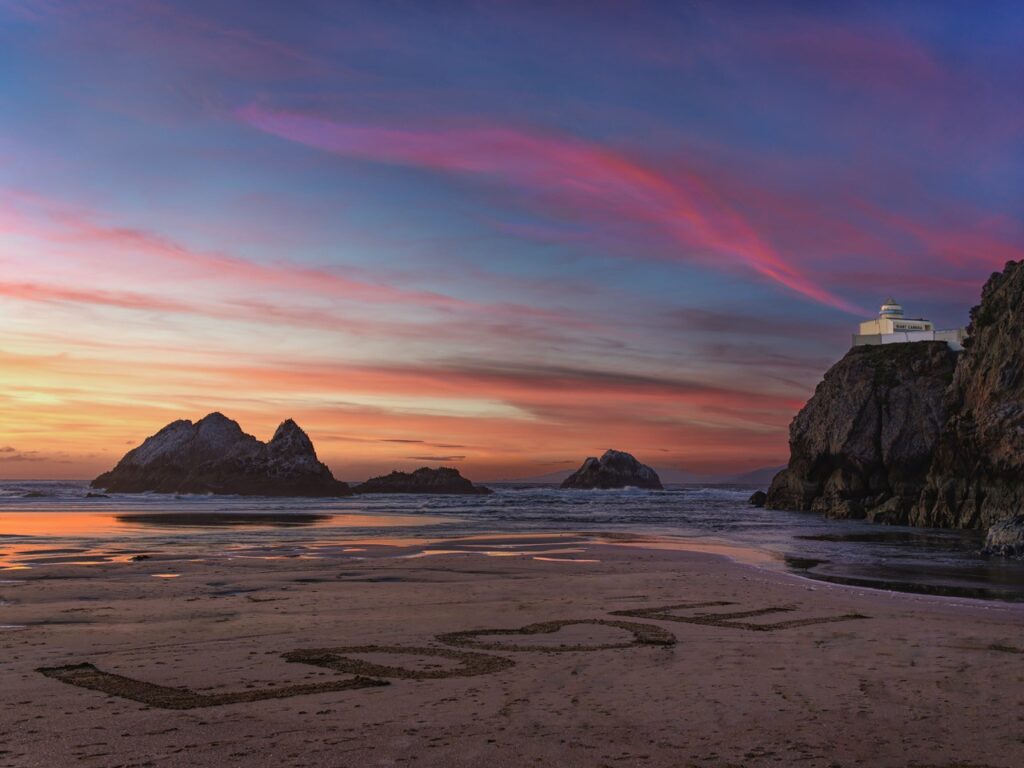
“One depends on framing people in the picture, the other lacks human presence entirely. By pairing my beach scenes with the appropriate technique, including myriad lenses and cameras, I can let you see through my mind’s eye,” he said.
Zimberoff also believes that a supplemental part of photographic technique is one’s aptitude to think in either color or black-and-white before looking through the viewfinder.
“Like code-switching in real-time between patterns of speech or different languages, an ability to fluently, or fluidly, capture an image with one medium or the other allows me to express even more, and different, constructs of my consciousness. Photographs are windows left open indefinitely, through which different perceptions of reality can be seen,” he said.
He waxes poetic about his pursuit as it expands and contracts within his creative milieu.
“Capturing an image is a fleeting practice, although it requires time-consuming preparation. Looking at a photograph is to sustain a lucid dream. A photograph itself is real. But it depicts only one of many different realities deliberately constructed by a photographer. Think of it like a mirage. It is real, something you can describe. It is defined in a dictionary. You can see it. It looks like water. But can you measure its depth?” Zimberoff said.

As if his portfolio were not already bursting at the seams, Zimberoff has two new portrait series in the works: “Palooka,” portraits of prize-fighters and “Maestro,” photographs of symphony orchestra conductors. He also continues work on two ongoing portrait projects, “Bruisers” and “Drag Strip.”
In his “Bruisers” series, which he began in 2023, Zimberoff records the interior culture of pugilists, bringing into focus the psychology behind their battered visages; an imminent philosophy of vulnerability, skill, and resilience.
“Deep in the human psyche, ingrained in our culture and genes, lies a primordial need to assert self-determination if not dominance—and survive,” he said.
Regarding the series “Drag Strip,” which he began in January 2024, Zimberoff considers drag as the American kabuki. He says that photographs of drag queens are most often depictions of what they do but rarely who they are.
“Such photographs leave the public with a gaudy and imprecise stereotype. You’ve seen that picture a million times: glamorous high-key lighting, busily propped background sets, over-the-top body language, and whacky expressions. That cliché is what this series eschews because it says little about the people underneath the costumes and makeup,” Zimberoff said.
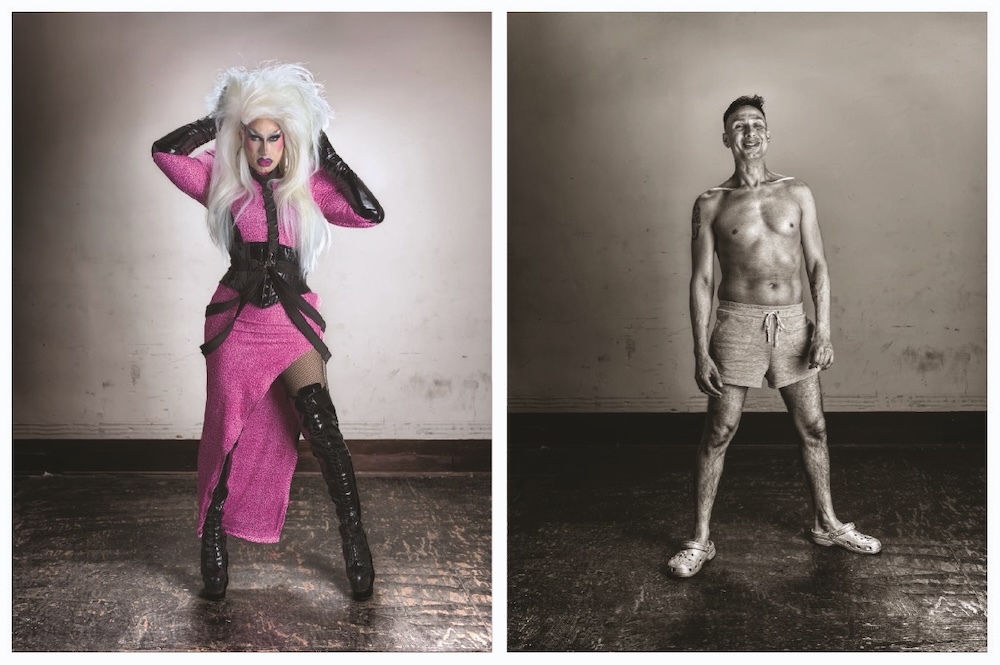
In his approach to this work, Zimberoff is searching for something richer, something more personal.
“To see so many fiercely independent icons of drag culture posed virtually together while revealing their genuine selves standing right next to the caricatures they portray in burlesque is a powerful yet intimate experience,” he said. “Each portrait in the series is a diptych that combines a full-length color image of the subject wearing makeup and dressed in drag (their performance-artist identity) side by side with the reductive drama of a black-and-white image, likewise full-length, wearing no makeup at all and little more than skivvies, literally uncovering the person underneath.”
Zimberoff says he views drag queens as art incarnate. With these portraits, he is seeking not only to provide a deeper study but to challenge societal prejudice by visually celebrating the culture.
“Drag queens occupy a niche of outsized importance to society at large because they challenge gender stereotypes, promote diversity, celebrate self-expression, and advocate for LGBTQ+ rights. Through my lens, I can show the courage, strength, diversity, and authenticity of its exponents, not to mention their multi-faceted expressions of identity and beauty. It fosters appreciation among a broader general audience that remains unfamiliar with, if not outright hostile to, this culture, ignorant of how deep its roots extend,” he said.
In all of his work, past and present, Zimberoff delivers stories about the world around us; its various inhabitants and how they define being human. And now, his depictions of the beauty and resilience of the natural and urban world provide a reawakening, rendering the physical world integral, not peripheral.
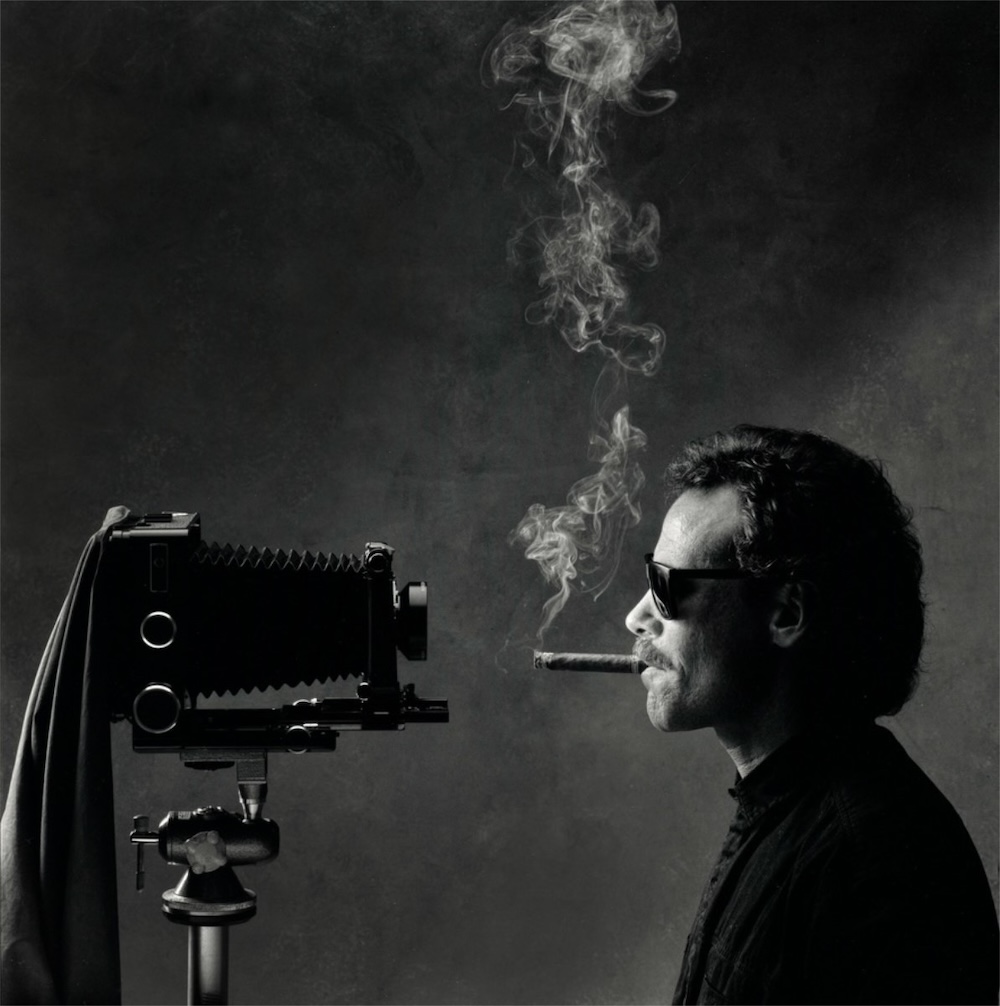
Zimberoff is in the midst of querying literary agents for his latest book, a memoir—or “photoir” as he refers to it—titled A Photographic Memory. Previous books by the artist include his photographic essays on motorcycles, another passion of his, and the artists who make them, in Art of the Chopper (2003) and Art of the Chopper II (2006), both published by Bulfinch Press/Time Warner. His book, Photography: Focus on Profit (2002, Allworth Press), which explores the business side of photography, is a textbook taught at colleges nationwide.
Tom Zimberoff, in capturing snapshots in life’s colossal circuitous path, exposes our own points of view back to us through his own lens. But he says he has no expectations for how people experience his work. He wants us to feel whatever we want. He references a quote he recently came across that has been attributed to the author Patrick Rothfuss, “Stories happen only to those who can tell them.”
For more information, visit Tom Zimberoff’s page on Medium.com.


